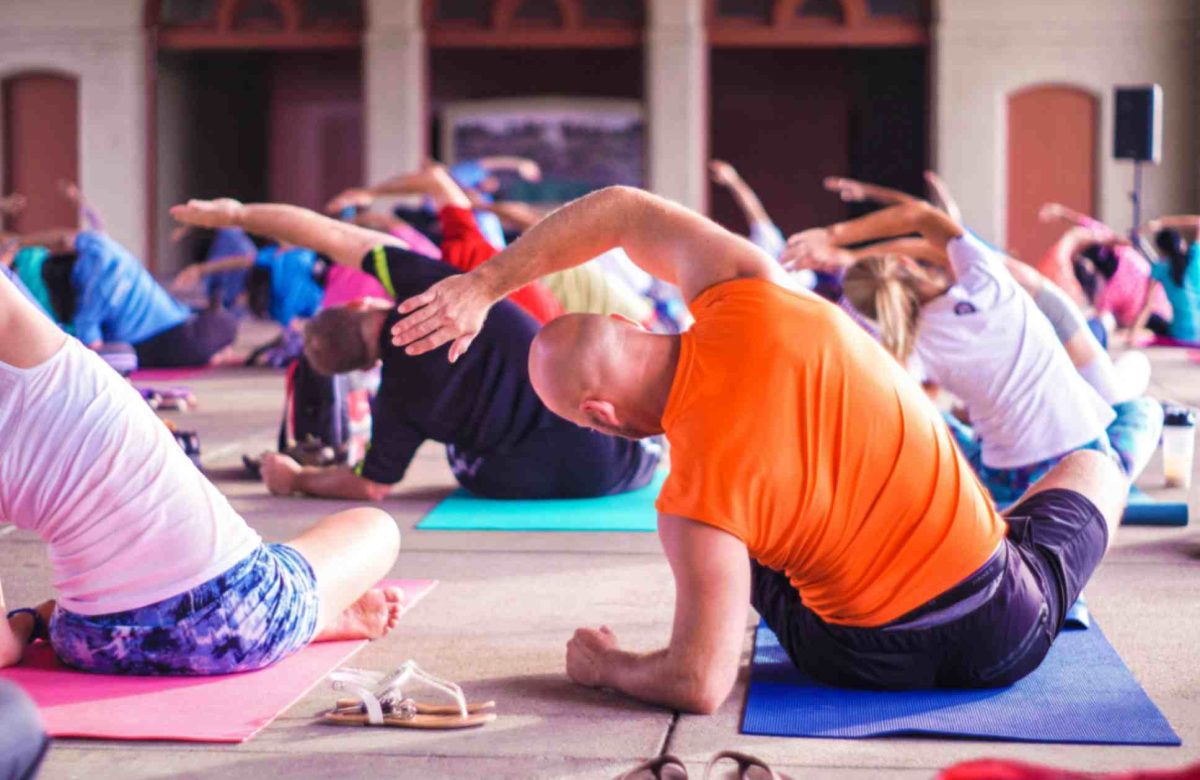The Benefits of Strength Training for Bone Density in Postmenopausal Women

As women age, especially after menopause, they often face an increased risk of bone density loss, leading to conditions like osteoporosis that can compromise their overall health and quality of life. Fortunately, there’s a powerful tool that can help counteract this concern: strength training. Beyond its well-known muscle-building benefits, strength training offers a range of advantages specifically tailored to improving bone density in postmenopausal women. In this blog, we’ll explore the numerous benefits of strength training for bone health, empowering women to take control of their well-being and age gracefully.
Understanding Bone Health and Postmenopausal Changes
Before delving into the benefits of strength training, it’s essential to understand the changes that occur in bone health after menopause. Estrogen, a hormone that plays a crucial role in maintaining bone density, decreases significantly during menopause. This hormonal shift can lead to accelerated bone loss, making postmenopausal women more susceptible to fractures and osteoporosis, a condition characterized by weakened and brittle bones.
Benefits of Strength Training for Bone Density
-
Stimulates Bone Formation: Engaging in regular strength training exercises places stress on the bones, prompting them to adapt by increasing bone mineral density. This process, known as bone remodeling, helps to fortify bones and minimize the risk of fractures.
-
Promotes Muscle-Bone Interaction: Strength training not only targets muscles but also exerts a positive impact on bones. As muscles contract and pull on bones during exercises, this mechanical loading stimulates bone cells to create new bone tissue, ultimately enhancing bone strength.
-
Enhances Joint Stability: Strength training exercises often involve functional movements that challenge balance and stability. This improvement in overall stability is beneficial in preventing falls, which can be particularly dangerous for postmenopausal women with reduced bone density.
-
Increases Bone Strength and Density: Studies have consistently shown that resistance exercises can lead to significant improvements in bone mineral density. The added weight and resistance provided by strength training promote bone health by increasing bone density and strength.
-
Reduces Osteoporosis Risk: Engaging in regular strength training can lower the risk of developing osteoporosis by increasing bone density and improving bone health. This proactive approach to bone health is crucial in maintaining overall quality of life.
-
Supports Weight Management: Strength training contributes to the development of lean muscle mass, which can help boost metabolism and facilitate weight management. Maintaining a healthy weight is essential for preventing excessive strain on the bones.
-
Customizable and Varied Workouts: Strength training offers a wide range of exercises that can be tailored to individual fitness levels and preferences. This versatility ensures that women can find a routine that suits them, making it easier to adhere to an exercise regimen.
-
Empowers Independence: Maintaining strong bones through strength training empowers postmenopausal women to maintain their independence and continue enjoying an active lifestyle as they age.
-
Combats Age-Related Muscle Loss: Sarcopenia, the age-related loss of muscle mass and strength, often occurs alongside bone density loss. Strength training effectively addresses both concerns, promoting overall functional fitness.
-
Positive Impact on Mental Health: Engaging in regular strength training not only benefits physical health but also contributes to improved mental well-being. Exercise releases endorphins, which can reduce stress, anxiety, and depression commonly experienced during the postmenopausal period.
Implementing a Strength Training Routine
To maximize the benefits of strength training for bone density in postmenopausal women, it’s essential to approach it with proper guidance and a well-structured routine:
- Consult a Professional: Before beginning any exercise regimen, consult a healthcare provider or fitness professional, especially if you have existing health conditions.
- Gradual Progression: Start with light weights and gradually increase resistance over time to allow your body to adapt safely.
- Full-Body Approach: Incorporate exercises that target various muscle groups to promote balanced muscle development and bone health.
- Weight-Bearing Activities: Include weight-bearing exercises like squats, lunges, and resistance-based yoga to provide optimal bone-stimulating effects.
- Frequency and Consistency: Aim for at least two to three strength training sessions per week. Consistency is key to reaping the long-term benefits.
- Proper Form: Focus on maintaining proper form during exercises to prevent injuries and ensure effective muscle and bone engagement.
- Variety: Mix up your routine with different exercises and modalities, such as free weights, resistance bands, and bodyweight exercises.
- Rest and Recovery: Allow your body sufficient time to recover between sessions to prevent overexertion and promote muscle and bone repair.
Conclusion
Postmenopausal women face unique challenges when it comes to maintaining bone health. With the decline in estrogen levels, the risk of bone density loss and related conditions like osteoporosis becomes a significant concern. However, the powerful benefits of strength training offer a potent solution. By incorporating regular strength training exercises into their routines, postmenopausal women can significantly improve bone density, reduce the risk of fractures, and promote overall health and well-being. As we age, it’s essential to prioritize our physical health and embrace strategies that empower us to live life to the fullest. Strength training provides a remarkable opportunity to do just that—building strong bones, resilient bodies, and a brighter future.




